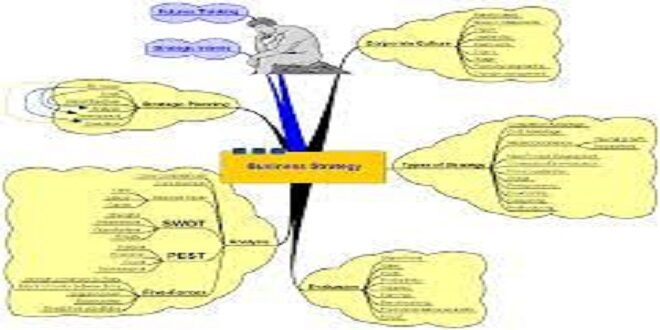Innovation system capability
Like most large businesses, the Australian Government is pursuing innovation strategies from an internal platform. This is being seen in ICT applications in large agencies such as the ATO, Centre link, and the Australian Customs Service. Many ICT companies have been attracted to Canberra to undertake research on account of the quality of ‘human capital’ as well as a platform to market ICT hardware and software to the Australian Government. The ACT is knowledge intensive, ‘information rich’ economy as well as a centre for national cultural and collecting institutions. These latter organizations provide a strong base for a creative industries sector and offer significant potential for the further development of the knowledge based economy in the ACT.
The ACT is a major centre for research relating to the defense industry. Nearly one third of higher education research undertaken in the ACT relates to the socio-economic category ‘defense’. This brings together a range of research fields—covering technology, security and policy research. Research relating to Australia’s overall economic framework, social development and community services, and environmental policy frameworks is also important in the ACT. Major areas of research commitment are summarized in Table 9. More complete details are provided in Attachment B.
Research commercialization
Data drawn from the most recent National Survey of Research Commercialization provides indicators relating to the commercialization of research undertaken by ACT higher education institutions. A summary of the data is set out in Table 10. The data relates mainly to commercialization performance at the ANU. In summary, the data indicates:
- Universities held a substantial intellectual property portfolio with 307 active patents and/or plant breeder rights and 21 active licenses, options and assignments (loads)—of which 8 yield income. In 2004 LOA income amounted to $589,000. This amounts to 0.18 percent of total university research expenditure.
- The estimated sales of products and services arising from licensed intellectual property amounts to almost $17m.
- At the end of 2004 there were 16 start-up companies operating which had been formed around university licensed technologies and there were 15 companies in which the universities held an equity holding.
- Universities entered into research contracts and consultancies to the value of $105.4m in 2004 and $192.7m in 2003. While over half of these were for amounts less than $50,000. Eight percent were for amounts in excess of $500,000.
Government research expenditure
Government agencies with a research focus also make major commitments to research in the ACT. These agencies include the CSIRO, DSTO and AGSO Australia together with a number of research bureau’s attached to Australian Government departments and agencies. Expenditure has been quite substantial, but has declined over the two years between 2003-04 and 2004-05.
The ACT has a very strong higher education capability. In 2005 there were almost 28,000 students enrolled in ACT higher education institutions, amounting to approximately eight percent of the ACT population. The distribution of enrolments by institution and field of education is shown in Table 15.
Workforce training systems
The Universities and the Canberra Institute of Technology provide workforce training for students and employees in the ACT. The University of Canberra provides education for a large number of professions including teaching, nursing, architecture, public relations, accounting and the law. Similarly, the ANU provides professional education in medicine, accounting, finance and law. The Canberra Institute of Technology provides vocational education in the areas of business and information technology, communication and community services, design, science and technology, and tourism and hotel management. There are also a number of private providers, including the Academy of Interactive Entertainment (AIE). The need for further development of workforce training has been recognized in the Interim Report of the ACT Skills Commission.
Summary
The Australian Capital Territory (ACT) Government offers a range of sponsorships—under Australian Government programs – for skilled and business migrants who wish to live in Canberra and apply their professional skills by working in a skilled occupation or establishing a business/investing in the ACT. The Australian Research Council supports the Federation Fellowships scheme, under the Council’s National Competitive Grants Program, to support excellence in research by attracting world-class researchers to key positions, and creating new rewards and incentives for the application of their talents in Australia. Many overseas students after completing their PhDs would like to stay in Australia to establish businesses or work with established businesses—particularly in the ICT and commerce sectors. Their linkages and connections to overseas markets provide significant opportunities for business development and growth. However, Australian Government visa conditions require graduating students to leave and apply for residency from overseas. This is in contrast with US practice which actively seeks to retain the skills and capabilities of graduating students.
 Thefashion2day Popular Fashion News Website
Thefashion2day Popular Fashion News Website




